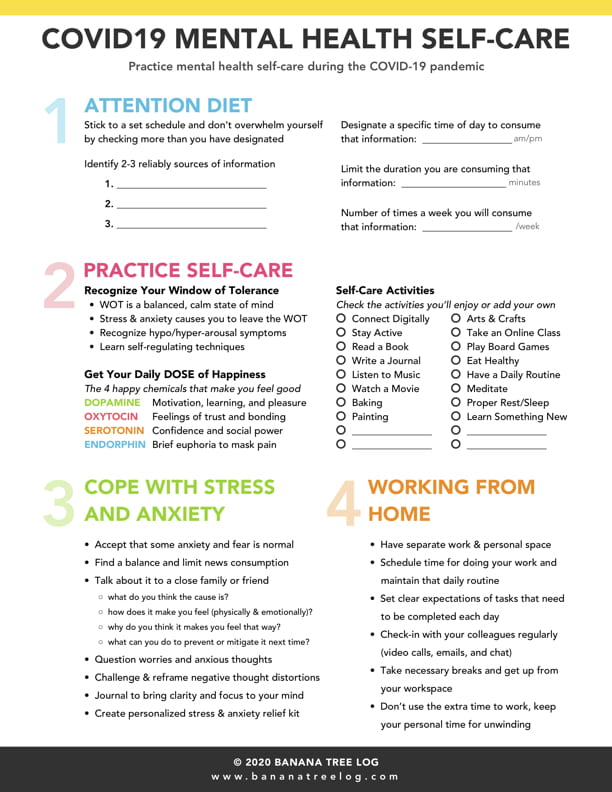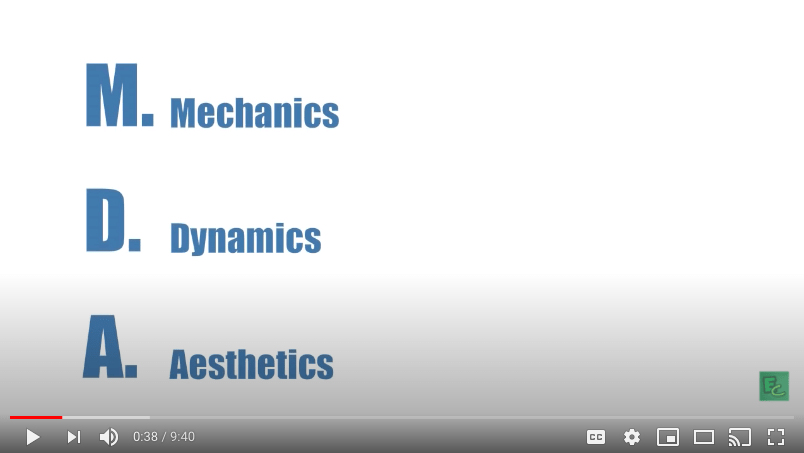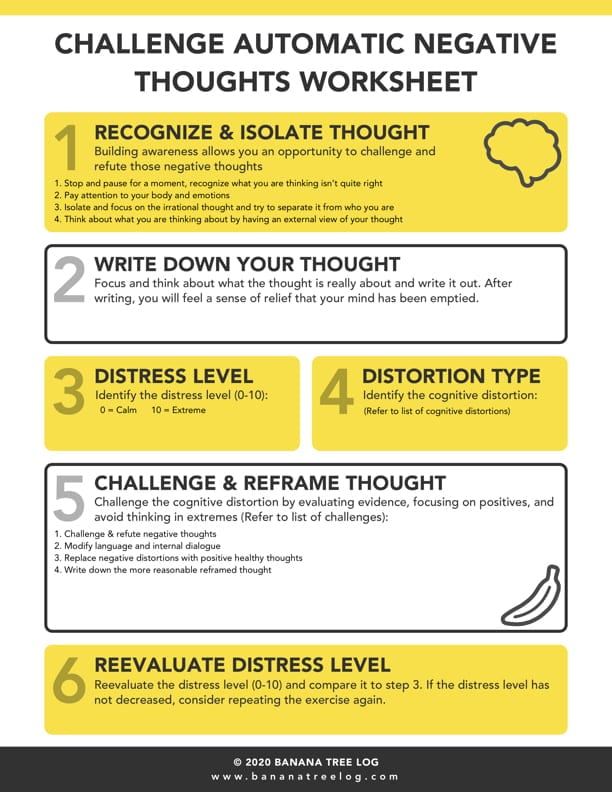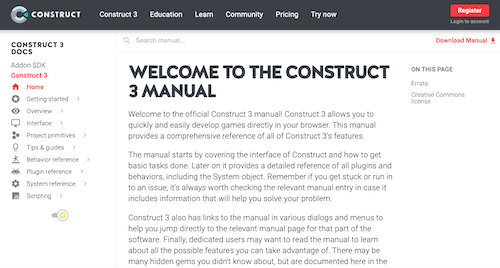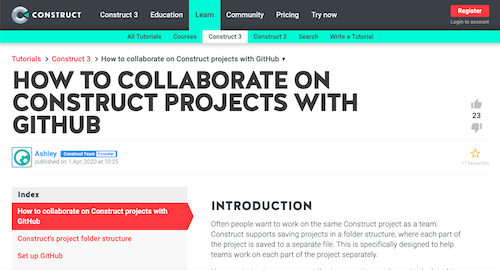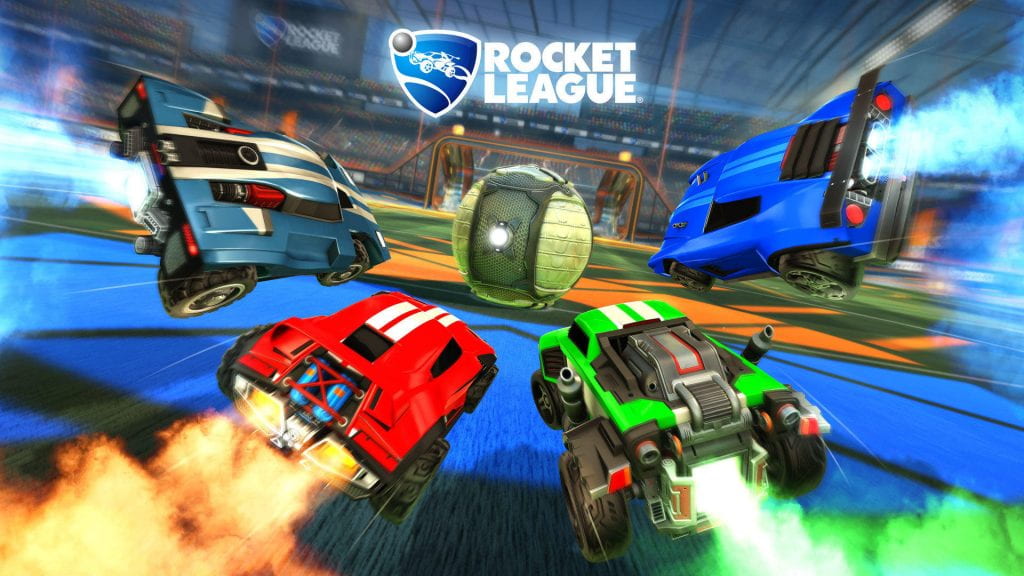
Summary
The game I chose was Rocket League. I chose it because it is a very fun game and they recently came out with a new season. Also, it involves two of my favorite things, driving cars and soccer.
Game Play Analysis
| Formal Elements | |
| The Basics | |
| Name of the game | Rocket League |
| The platform | Playstation 4 |
| Time played (should be at least 30 minutes) | 1 hour 30 mins |
| If you could work on this game (change it), what would you change and why? | Maybe make it less complicated by not having so may buttons |
| Players | NOTES |
| How many players are supported? | 1-4 Players or 2-8 Network Players |
| Does it need to be an exact number? | It depends on what mode you play. |
| How does this affect play? | Well if you are playing a team game against 4 people are you are by yourself then it not gonna be good for you. |
| Objectives/Goals | NOTES |
| What are the players trying to do? | You are trying to beat the other team or person by scoring more goals within a certain amount of time. |
| Rules/Mechanics | NOTES |
| There are three categories of (what Rules of Play calls) operational rules: | There are no rules, you can do anything to score. |
| Controls | NOTES |
| What controls are used? | The buttons on the controller |
| Was there a clear introductory tutorial? | Yes |
| Were they easy to understand or did you find yourself spamming the controller? | Yes |
| Resources & Resource Management | NOTES |
| What kinds of resources do players control? | You can control where you play, the ball you use, the time, the amount of players and the car. |
| How are they maintained during play? | Whatever you pick never changes within the round. |
| What is their role? | To help make the game more personalized. |
| Game State | NOTES |
| How much information in the game state is visible to the player? | Alot. The time left, points and leaderboard. |
| Sequencing | NOTES |
| In what order do players take their actions? | Simultaneously and in realtime |
| How does play flow from one action to another? | Very smoothly |
| Player Interaction | NOTES |
| Some examples: Direct Conflict – I attack you.Negotiation – If you support me here, I’ll help you there. Trading – I’ll give you this for that. Information Sharing – If you go there, I’m warning you, a trap will go off. | Direct Conflict with teams |
| Theme & Narrative | NOTES |
| Does it have an actual story structure? | NO |
| Is it based on a historical event (or similar)? | NO |
| Does the theme or narrative help you know how to play? | I think so |
| Does it have emotional impacts? | I mean if you win you happy but if you lose you sad |
| Also, look for en media res (does it start in the middle of the game)? | No, not unless you join a game that someone had already started. |
| The Elements in Motion | NOTES |
| How do the different elements interact? | Car interacts with the ball, the ball interacts with its arena/surroundings |
| What is the gameplay like? | Smooth but also very fast |
| Is it effective? | Yes |
| Are there any points where the design choices break down? | No |
| Design Critique | NOTES |
| Why did the designer make these particular choices? | To make the game more interesting |
| Why this set of resources? | To make something different |
| What if they made different decisions? | Then the game would probably be not as fun |
| Does the design break down at any point? | No |
| Graphics & Sound | NOTES |
| Does the game art pair well with the mechanics? | Yes |
| Did you find any bugs or glitches? | No |
| What about sound? | Runs nicely and is very clear |
| Can you spot any technical shortcuts? | No |
| Various Stages of the Game | NOTES |
| To wrap up, some things to keep in mind (as if there aren’t enough already) as you play: | It is very fast and complicated so I would pay a lot of attention during the tutorials |
| What challenges do you face, and how do you overcome them? | Its challenging when you play someone that is way better or worse than you but you just have to try to adapt |
| Is the game fair? | Yes |
| Is it replayable? Are there multiple paths to victory or optional rules that can change the experience? | Yes |
| What is the intended audience? | I would say people who like sports/ racing games |
| What is the core, the one thing you do over and over, and is it fun? Score ( it wouldn’t let me type in the other box |
This analysis form was adapted from https://notlaura.com/a-template-for-analyzing-game-design/


